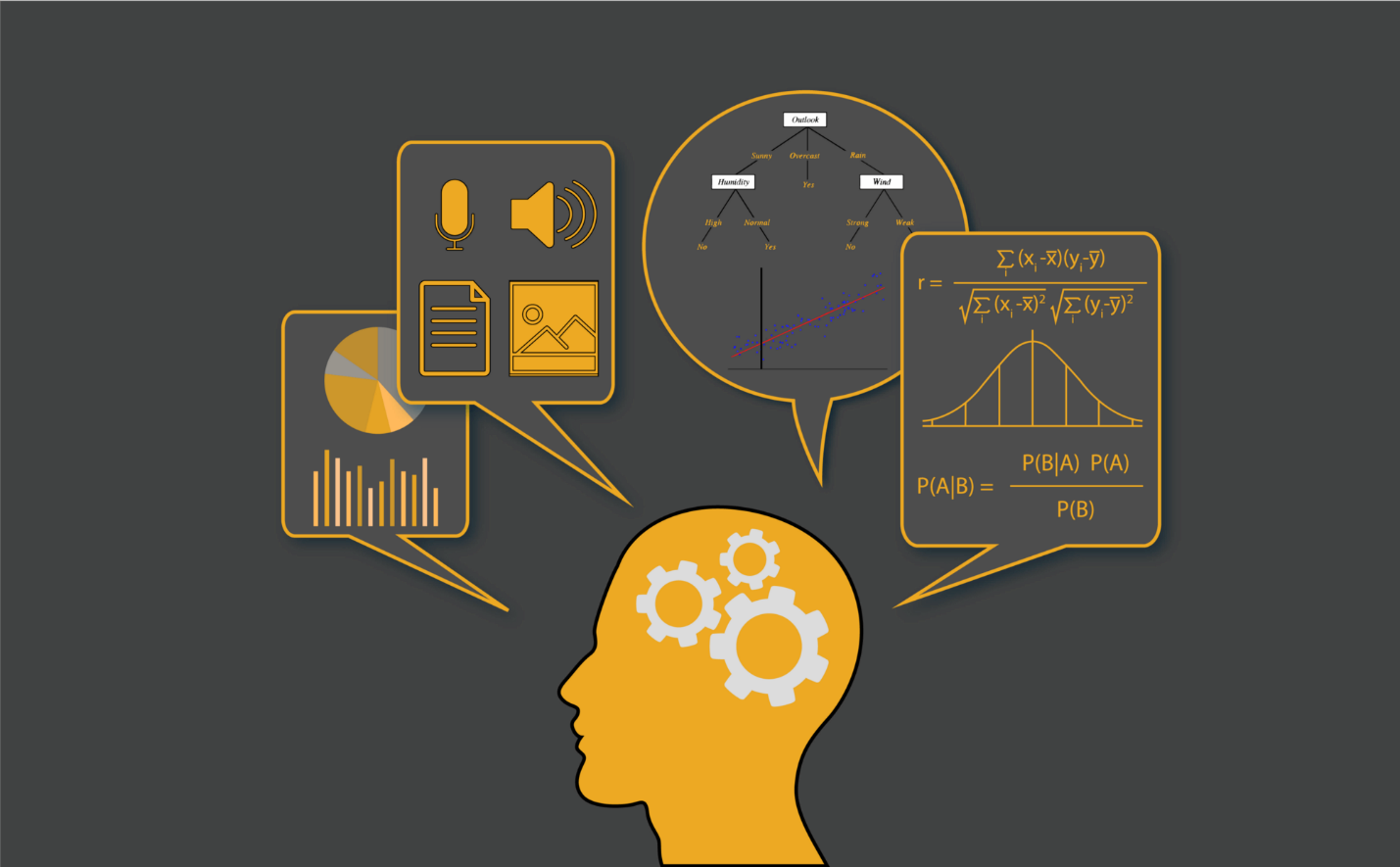How AI is impacting the healthcare industry
Over the past 20 years, we have seen how innovation has transformed and has been able to generate disruptions in almost every industry. In almost all...


Today, users and buyers are shelled with endless marketing and advertising messages, making it more troublesome for companies to engage with the client. But AI learning and hyper-personalization are an answer to this problem.
Organizations such as Amazon, Netflix, and Spotify have built a baseline for what personalization implies.
Hyper-personalization is turning into an essential trend and will, in fact, grow in the realm of AI. Undoubtedly, data is vital to getting this going. The more information there is accessible, the more pertinent data and items are getting. This development implies the end of the path for the marketing procedure of segmentation. Segmentation parts the market into various assortments with comparable necessities. This enables the marketer to coordinate both product qualities and communication to the requirements of each unique section. In light of this methodology, marketing personnel accepts a high level of homogeneity inside and between divisions.
The biggest effort in this kind of system is accumulating the data, streamlining the multiple processes, and stuffing into the AI system. Companies that effectively achieve this are compensated by more robust, targeted, and successful hyper-personalization.
Before heading further, we need to understand this difference. Personalization is the fusion of transactional and personal data like name, organization, title, purchase history and so forth to your presentation. On the other hand, hyper-personalization is one step ahead and uses real-time and behavioral data to build deeply contextual interaction that is important to the user.
AI and hyper-personalization might look like a new trend in marketing, though in actuality, it’s steering processes and technologies one step ahead. To understand more about hyper-personalization consolidated with the AI-powered marketing, check out what are its aftereffects on the industry.
Here’s a glance at the high effects of AI and hyper-personalization efforts in various fragments of the business.
Personalization goes much ahead of brand awareness strategy, and companies should consider how they progress toward persona marketing. Segmentation is a fair beginning, however, it's insufficient.
It creates a dialect of loyalty with your clients depending on understanding individual personas, multi-personals, and sub-personas. Check by making the newly automated encounters (as per understanding their behavior and purpose) and test the elements and aftereffects of these efforts. Companies can test diverse advertising messages to various groups of clients and placed themselves in the client's shoes.
A pivotal role of AI self-learning is the feedback loop, a procedure that gives a ceaseless review on the choices the framework makes. The AI framework has to know whether the authentic choices were correct or wrong, and it’s sufficiently brilliant to change its own algorithm to give more exact and sturdy outcomes. It fundamentally self-learns.
As AI, hyper-personalization, and 1-to-1 messaging turned out to be more available, marketers are deciding how to use existing information to center around engagement possibilities that couldn't have been generally distinguished. Ambiguous visitors and signed in clients will find progressively significant encounters on a lot more sites.
As of now, no two individuals are viewing precisely the identical content on a given website. Personalization platforms can aggregate time, device type, browsing history, and geo-location to present the best performing content to a huge number of visitor sections.
Subsequently, enhanced access to information, predictive analysis, and significant experiences will, ultimately, convey uncommon uplifts in conversions, engagement, and income.
What better approach to earning 5-star review than to personalize a movie to the particular tastes of the audience?
A group of MIT scholars tends to another way into the personalized future. The researchers built up a machine learning framework that scores the sensitive content of video entertainment.
The close term use for this innovation is to increase the creative strengths of screenwriters and to foresee the probable user engagement with a given content. However, as we've seen with these different models of hyper-personalization, it’s conceivable to envision machine learning is utilized to create entertainment content particularly custom fitted to the identities of a small group of audience, even of particular people.
Earlier numerous retailers worked on the conventional process. They sent seasonal discount coupons to customers, and a substantial number of consumers get unnecessary offers.
Another generally utilized methodology was recommendation-based offers. Depending on the bought items, the retailer sends extra offers. Such as on purchasing a hard drive, the buyer gets irrelevant tech offers like coupons for a coffee processor, blender, and so forth.
In spite of the reality, these types of seasonal or recommendation-based offers are typically uninteresting to most clients, they generate results. The law of expansive numbers works and retailers make extra unplanned deals.
However, today to offer all the more successfully and conjecture future deals, retailers are creating digital buyer profiles and presenting buyers hyper-personalized offers by leveraging the Artificial Intelligence to work alongside the conventional approaches.
The essential duty of this procedure is to supply the customer with a sentiment of individual correspondence and, in this way, super engage him to the brand.
Message pop-ups are turning into an undeniably famous approach to speak with clients. They are sent through cell phones, which implies clients will probably focus on your brand. At the point when done properly, they make the vibe of getting a customized content.
The more customized, the more probable clients will pay heed. This is a ground-breaking approach in a time when even connected users are addressing the greater part of their marketing messages to their email junk folder or Gmail account’s inbox.
So how do you progress towards AI-powered hyper-personalization for your organization? Message pop-ups are turning into an undeniably famous approach to speak with clients. They are sent through cell phones, which implies clients will probably focus on your brand. At the point when done properly, they make the vibe of getting a customized content.
The more customized, the more probable clients will pay heed. This is a ground-breaking approach in a time when even connected users are addressing the greater part of their marketing messages to their email junk folder or Gmail account’s inbox.
To do as such, organizations should have the capacity to:
The most vital component here is, obviously, data. Indeed, even the most high-level algorithms can't work their enchantment in case that they have off base, lacking or obsolete information.
To move rapidly, marketers should target ease of use, control, and thoroughness while choosing a personalization service that can meet and surpass their objectives.
Building agile teams and customer experience ventures — over all parts of the company — will better enable marketers to adjust all correspondence systems and at last enhance their customer experience and likely organization execution. It's the ideal win-win — whenever performed accurately.
Achievement in a new period of hyper-personalization requires planning, structuring, and adjusting around the client. We can help you with the correct strategy and tech stack to do it.

Over the past 20 years, we have seen how innovation has transformed and has been able to generate disruptions in almost every industry. In almost all...

Machine learning and artificial intelligence are the sailors of the new technology-driven business world, in spite of being the fact that word...